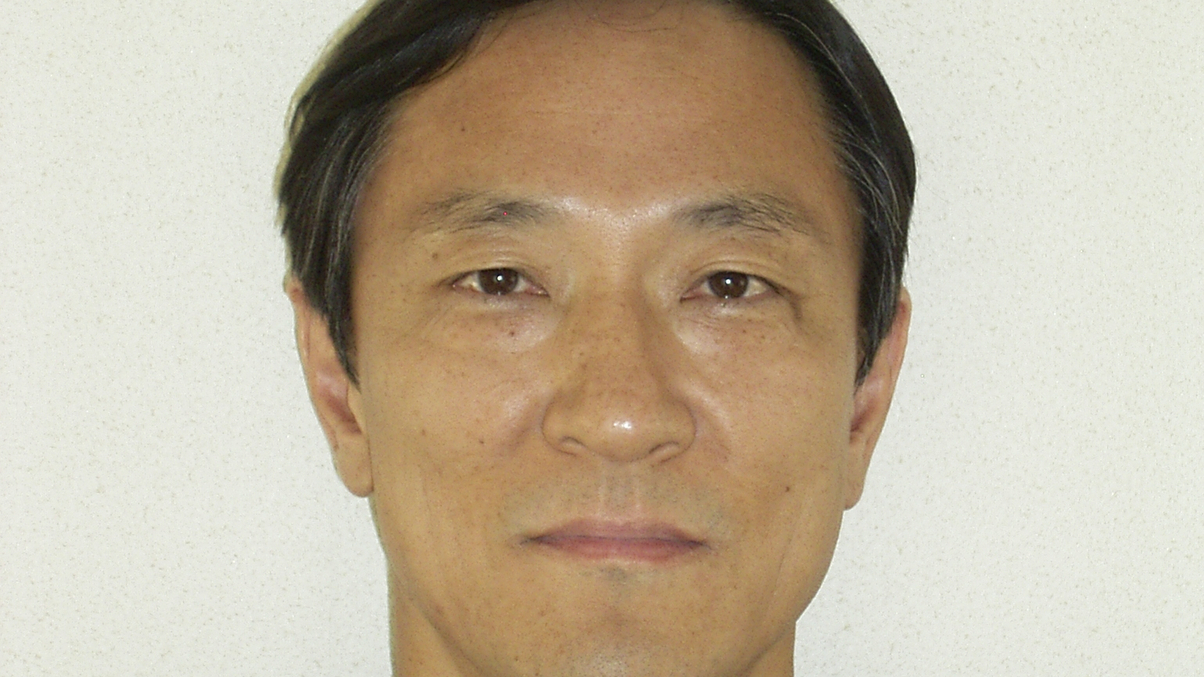PFA's Hamaguchi reveals smart-beta fears
The CIO at Japan's Pension Fund Association discloses his fears about over-reliance on standard deviation as a measure of risk at an AsianInvestor forum.

The chief investment officer at Japan’s Pension Fund Association, Daisuke Hamaguchi, warned about over-reliance on statistics at an AsianInvestor forum yesterday, rubbishing the practice of forecasting and taking a swipe at quantitative methodology and smart beta.
Sign in to read on!
Registered users get 2 free articles in 30 days.
Subscribers have full unlimited access to AsianInvestor
Not signed up? New users get 2 free articles per month, plus a 7-day unlimited free trial.
¬ Haymarket Media Limited. All rights reserved.


